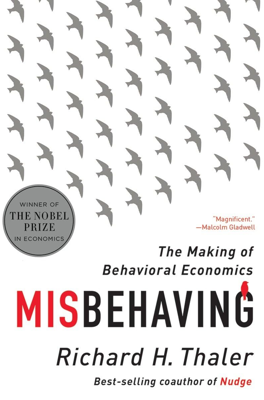Bargains and Rip-Offs
Investigation into Mental Accounting and Transaction Utility
Mental accounting is a concept introduced through the story of Maya Bar-Hillel, who decided to buy a king-sized quilt for her double bed simply because it was priced the same as smaller sizes during a sale. Such decisions reveal how consumers perceive and evaluate costs and benefits, often influenced by psychological factors rather than by purely economic considerations.
The basic economic theory described centers around opportunity costs, which are the true costs of any decision, incorporating not just monetary expenses but also alternatives forgone. However, real-world decision-making seldom adheres rigorously to this principle. For instance, when considering a $1,000 ticket to a game, few would conduct a detailed analysis comparing all possible uses of the money or time against the pleasure or utility derived from attending the game.
To delve deeper into everyday consumer behavior, interviews with lower-middle-class families were used to understand how they manage finances and make spending decisions. These conversations highlighted that people do not always follow the rational decision frameworks proposed by traditional economic theory.
The chapter introduces two key components of mental accounting: 1. Acquisition Utility: It measures the surplus derived from an item over its opportunity cost, emphasizing strict economic value from purchases. 2. Transaction Utility: This refers to the emotional response triggered by the perceived quality of a deal, such as the satisfaction from securing a bargain or the irritation from a perceived rip-off.
An illustrative scenario involves charging different prices for the same beer depending on whether it is purchased from a resort or a grocery store. This directly taps into the consumer’s transaction utility, where expectations and context dramatically influence the willingness to pay.
Despite the aim for rational decision-making, consumers often derive pleasure from transaction utility—the emotional satisfaction linked to the perceived value of a deal, independent of the actual economic gain or utility of the product. Retail strategies often exploit this by creating a sense in consumers that they are getting a bargain, manipulating reference prices to suggest higher value or discounts.
Business practices such as Macy's and J.C. Penney's strategies on pricing and sales exemplify the challenges and pitfalls of trying to shift consumers away from their dependence on sales and discounts for transaction utility. While some retailers like Walmart and Costco thrive on the concept of continuous low pricing, they too play into the transaction utility by ensuring their customers feel they are part of a bargain-rich shopping experience.
This exploration into consumer behavior underscores the complexity and psychological underpinnings of economic decisions, revealing that people's spending practices go beyond simple calculations of cost and utility, where emotional factors and perceived values strongly influence buying patterns.
